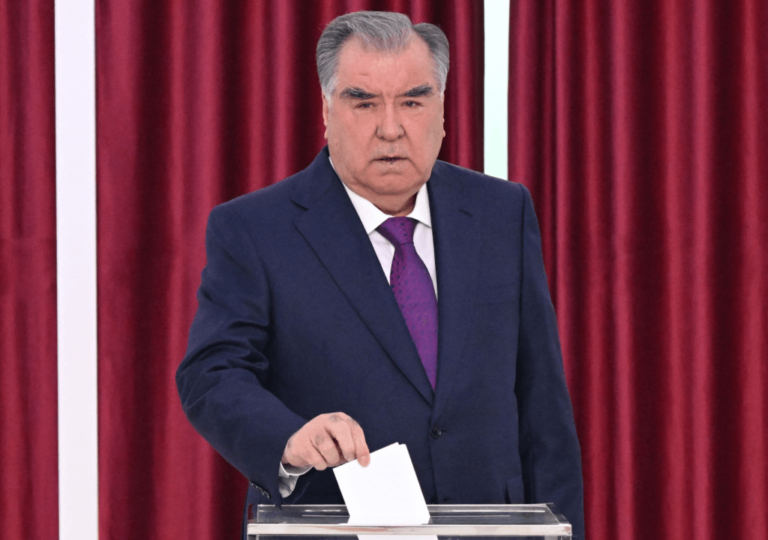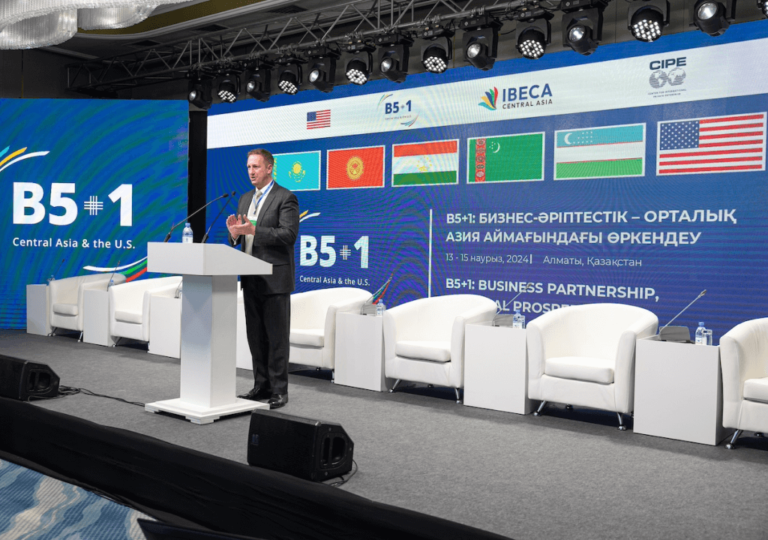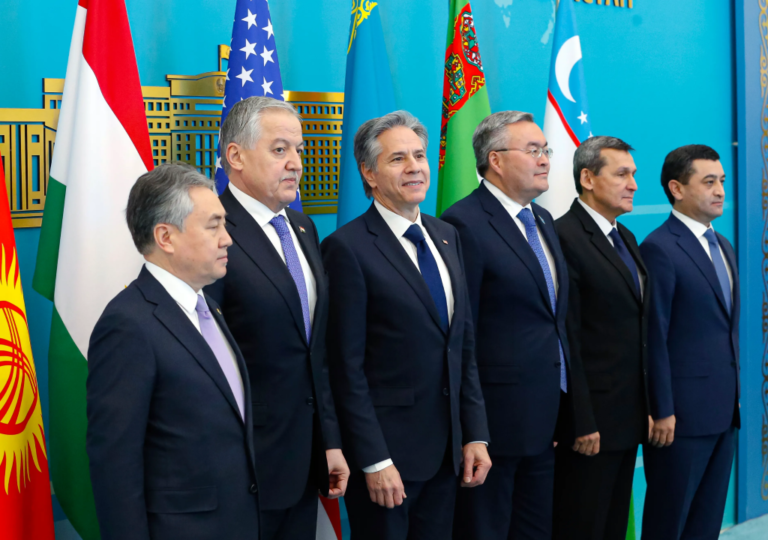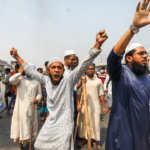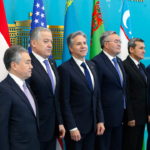Tajikistan: Rahmon Clears the Decks for Rustam’s Coronation
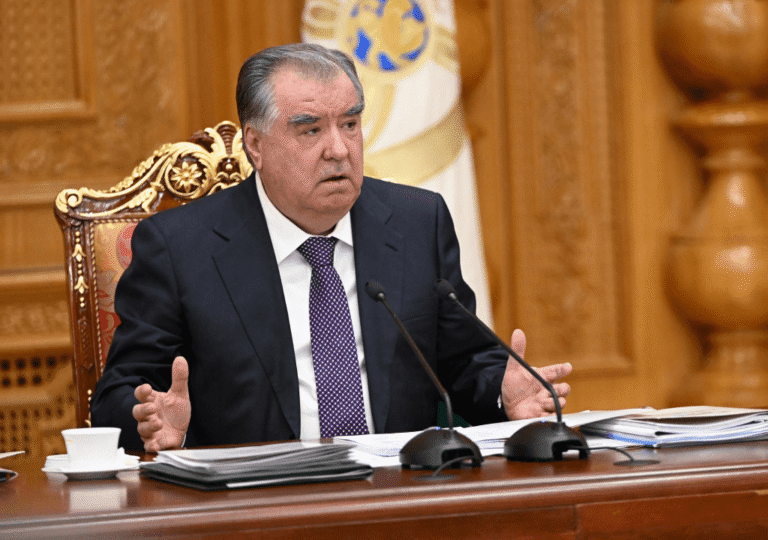
In Tajikistan, President Emomali Rahmon is paving the way for his son Rustam’s ascent to power. With strategic purges and political maneuvering, the country inches closer to a dynastic succession.

